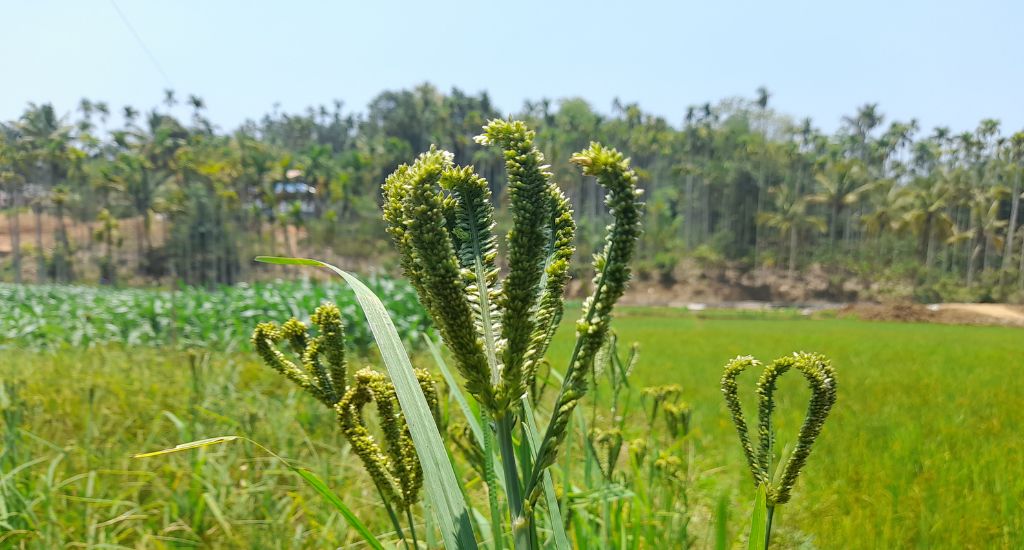
Kerala’s tribal farmers sow success with millets
After Kerala reintroduced millet cultivation among the indigenous communities of Attapadi taluk, the villagers enjoy better health and livelihood despite losing crops to wild animals.

After Kerala reintroduced millet cultivation among the indigenous communities of Attapadi taluk, the villagers enjoy better health and livelihood despite losing crops to wild animals.
Nanghi of Neelakuzhi hamlet, and the other farmers of her village in Attapadi taluk, are hoping for a bumper harvest of millets this year.
Located on the fringes of the Western Ghats in Palakkad district, Attapadi is the only tribal taluk in Kerala. Irulas, Mudugas and Kurumbas make up the tribal communities here. They have been relying on paddy and plantain cultivation, and goat rearing as their main sources of livelihood.
However, their livelihood has improved after 2017, when the state agriculture department began the ‘Attapadi millet village’ project to uplift the tribal communities.
Nanghi, who has switched from paddy to millet cultivation on her 2-acre land, is one of the 1,500 millet farmers living in the 192 hamlets of Attapadi taluk.
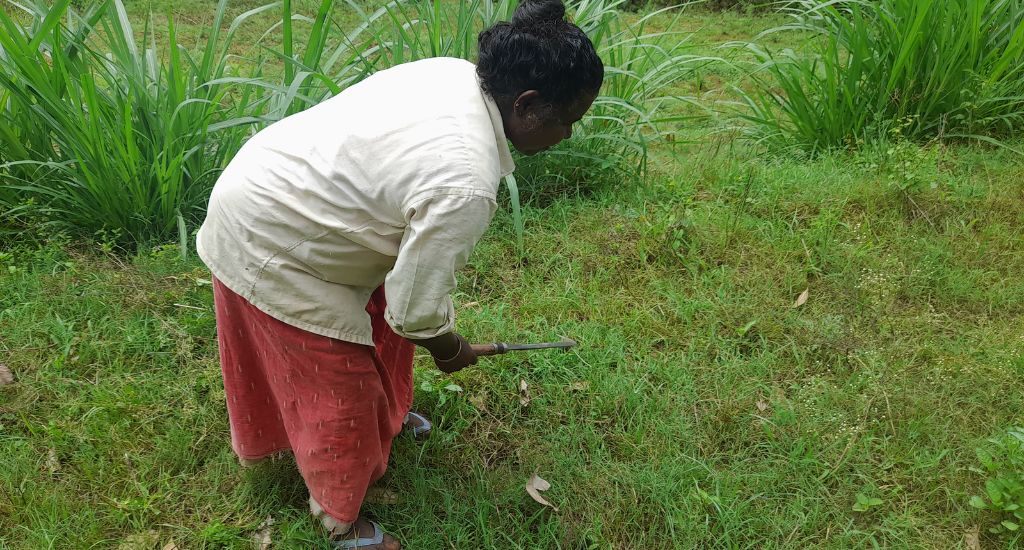
“Last year I had a bumper crop of 2 tonnes of ragi. This time I hope it will be doubled,” said Nanghi.
Interestingly, more than half of the millet farmers in Attapadi are women. Today they are cultivating millets in around 1,200 hectares.
Though the Kerala government procures rice from farmers at Rs 29.20 per kg for the public distribution system (PDS) ration shops, farmers are more interested in cultivating millets. They prefer to grow finger millet (ragi), sorghum and little millet (chama) rather than the other food grains and cash crops.
Millets are unique since they can be grown in a variety of climatic and soil conditions. They are suitable for dry land farming and are climate resilient.
Also Read | Millet mantras: Your guide to a healthy platter
Most of the farmers quit paddy cultivation fully or partially due to water scarcity, and extreme climate events such as floods and landslides.
“Water scarcity was the biggest problem. Millets need very little water, but it gives a big harvest,” said Chelly, Nanghi’s mother, on why she switched to growing millets.
Much before millets got international recognition when the United Nations declared 2023 as the International Year of Millets, the Kerala government started ‘Attapadi millet village’ project in 2017, to reintroduce the millet cultivation culture, especially among the tribes.
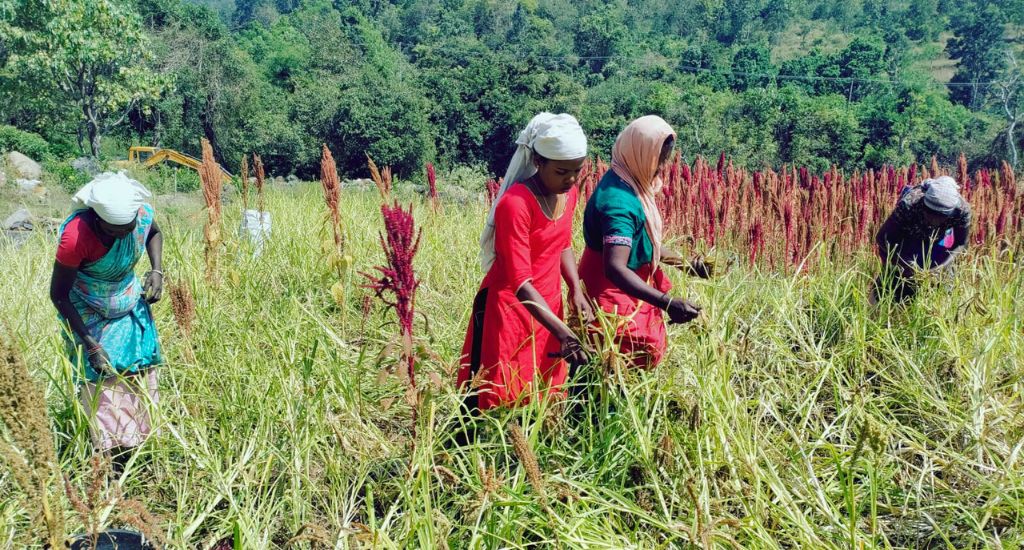
The project, jointly implemented by the state’s agriculture department and the Scheduled Tribes Development Department, focuses on health as well as livelihood aspects.
For many decades, tribal people in Attapadi have been battling many health issues, especially infant mortality. Hence the millet village scheme was introduced with the belief that millets would provide the mothers and babies the much-needed nutrients such as proteins, vitamins and minerals and ensure their health.
“We are extremely happy to say that infant mortality has drastically declined during the last five years due to the revival of millet-based indigenous cuisine,” said R Latha, assistant director of the agriculture department in Attapadi.
“In 2013, 31 infant deaths were reported in Attapadi,” said M S Padmanabhan, medical superintendent at the Tribal Speciality Hospital, Kottathara in Attapadi. This reduced to 12 in 2017, as per the Integrated Tribal Development Project, Attapadi. The infant mortality came down to nine in 2021, according to the health department data.
“There are many reasons for the decline in infant deaths in Attapadi. We cannot fully attribute millets as the sole reason for the success. Nonetheless, millet-based foods for mothers and newborn babies have definitely improved their health,” said Padmanabhan.
Nanji, another farmer, recollected that her family cultivated millets in the 1990s.
Also Read | Millets of Mewar restoring glory of forgotten grains
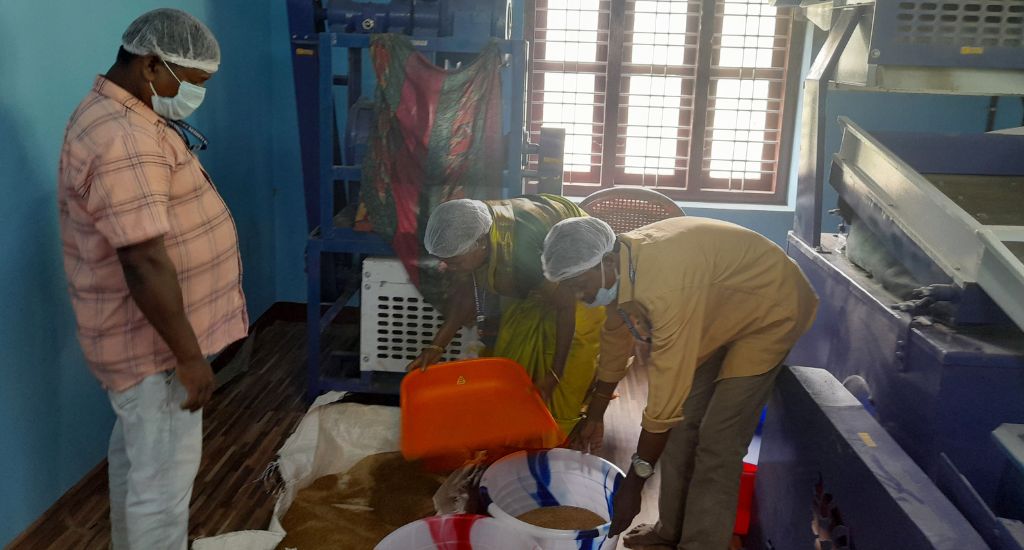
“Those were the days of good yields. But we farmers were getting peanuts. Middle men procured all the millet growing in the valley for extremely low prices and they pocketed lakhs,” she said.
After two decades, Nanji has gone back to millet cultivation due to the assurance from the government that they would procure the millets at prices profitable for the farmers.
“Last year I sold around 100 kg of millets at Rs 60 per kg. I decided to sow more millet seeds in the next season as demand for millets has been increasing,” said Nanji.
The state government has taken a decision to procure all the millets with organic certification for Rs 60 per kg and others for Rs 40 per kg through the millet village scheme
It’s not a rosy scenario all the way for farmers. Bhagavathi of Neelikuzhi hamlet who was earlier thinking of cultivating millets is sceptical now.
“I fear that the wild animals would destroy the millet crops,” said Bhagavathi. “The government must find a solution.”
All the tribal people of Attapadi talk of one persistent threat to millets – wild animals. Elephants, deer, bison and other wild animals have developed a taste for millets.
Photo Essay | When millets go mainstream to bring a revolution
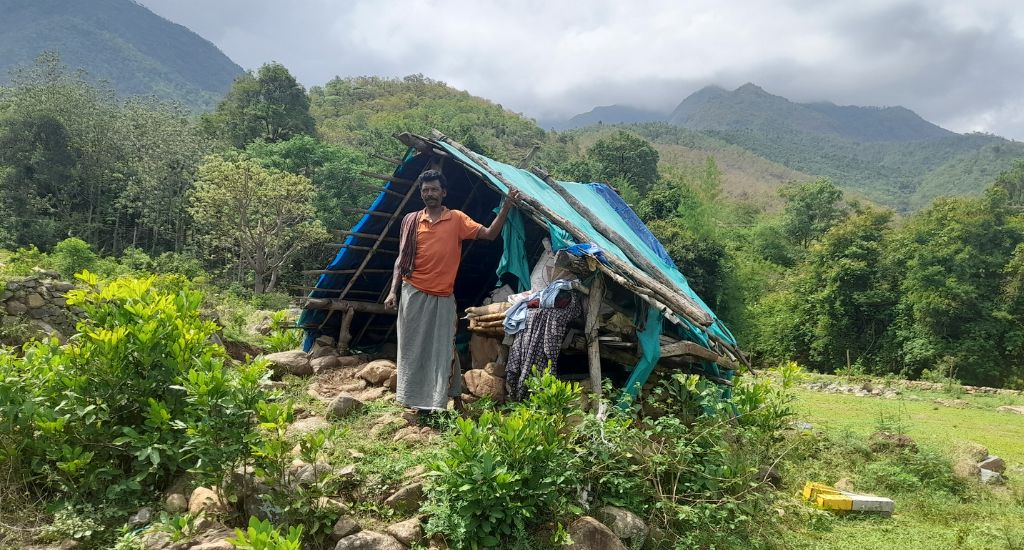
Counts are alarming. Since January 2022, 15 people have been killed and crops in 600 acres destroyed by wild animals.
The villagers are exploring traditional as well as new techniques to ward off the animals. Beehives are being kept along the fence in many fields.
“Wild animals, especially tuskers, are frightened by the excruciating stings of bees. When they try to pass the wire fence, angry bees swarm out and the elephants flee,” said Jessy Roy, the coordinator of the millet village project.
But beehives are not a real solution. Often the farmers too suffer bee stings. There are occasions when the elephants encroach on millet farms after dismantling the beehive fences.
“The animals raid the fields due to scarcity of food within the forest. We have to find out the places through which the animals enter the fields. In those regions millets should be cultivated exclusively for the wild animals. When they get food, they won’t enter the fields. For this, the government should take the initiative,” said Girijan Gopi, senior development coordinator at M S Swaminathan Research Foundation, Wayanad.
Attapadi is not an isolated case, and the forest department and local governments have taken some initiatives to prevent man-animal encounters. But for now the villagers are taking matters into their own hands.
In Melai Choottara hamlet of Pudur village, the farmers have constructed a hut from where at least one person keeps watch on the crops round the clock. They use limited explosions, drumbeat and collective howling to scare the animals away.
Despite this problem, Kakki Moopan, head of the hamlet is enthusiastic about millet cultivation since it ensures their health and income.
The lead image at the top shows finger millet growing in a farm in Attapadi. (Photo by K Rajendran)
K Rajendran is a journalist based at Thiruvananthapuram.